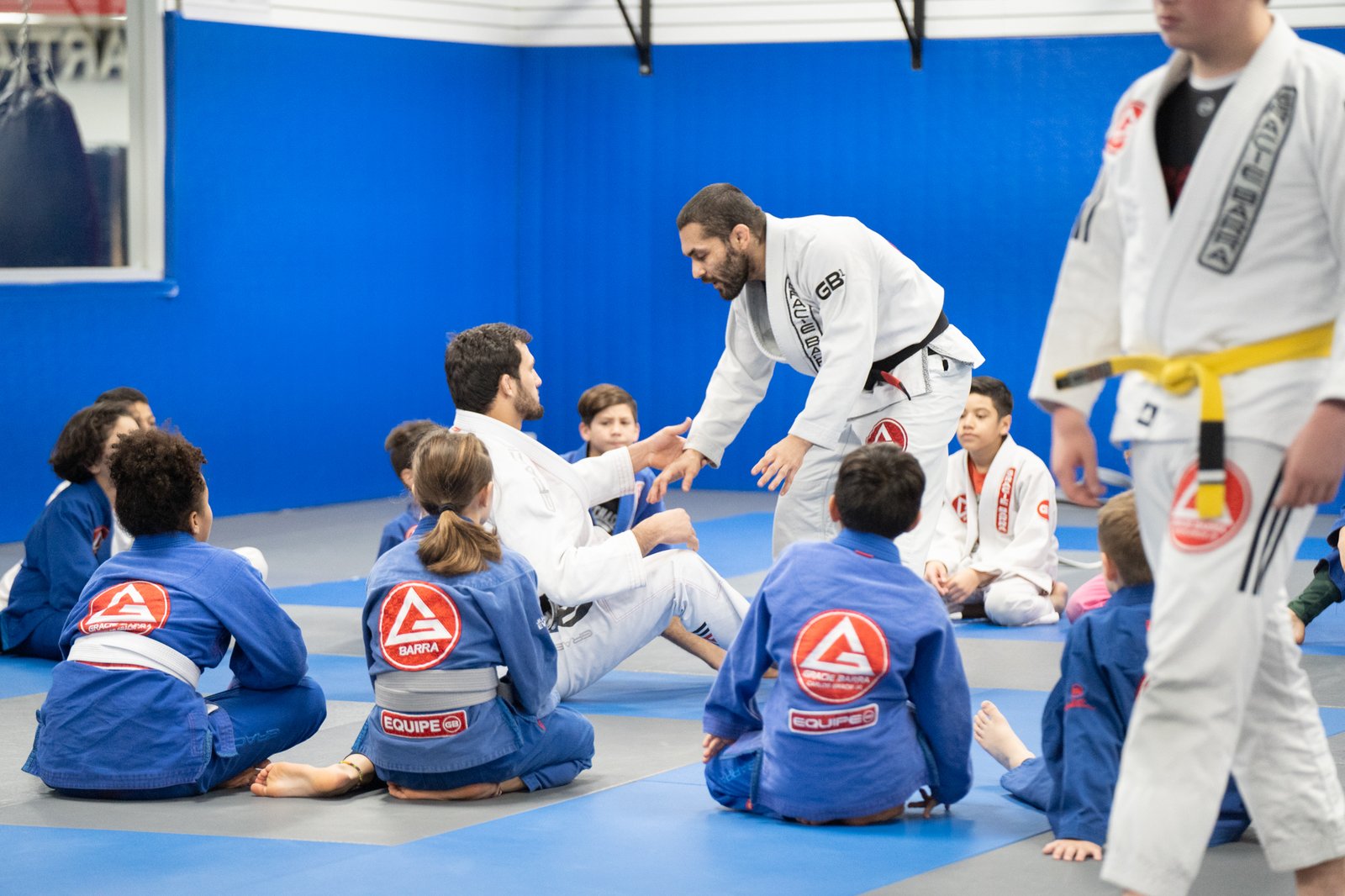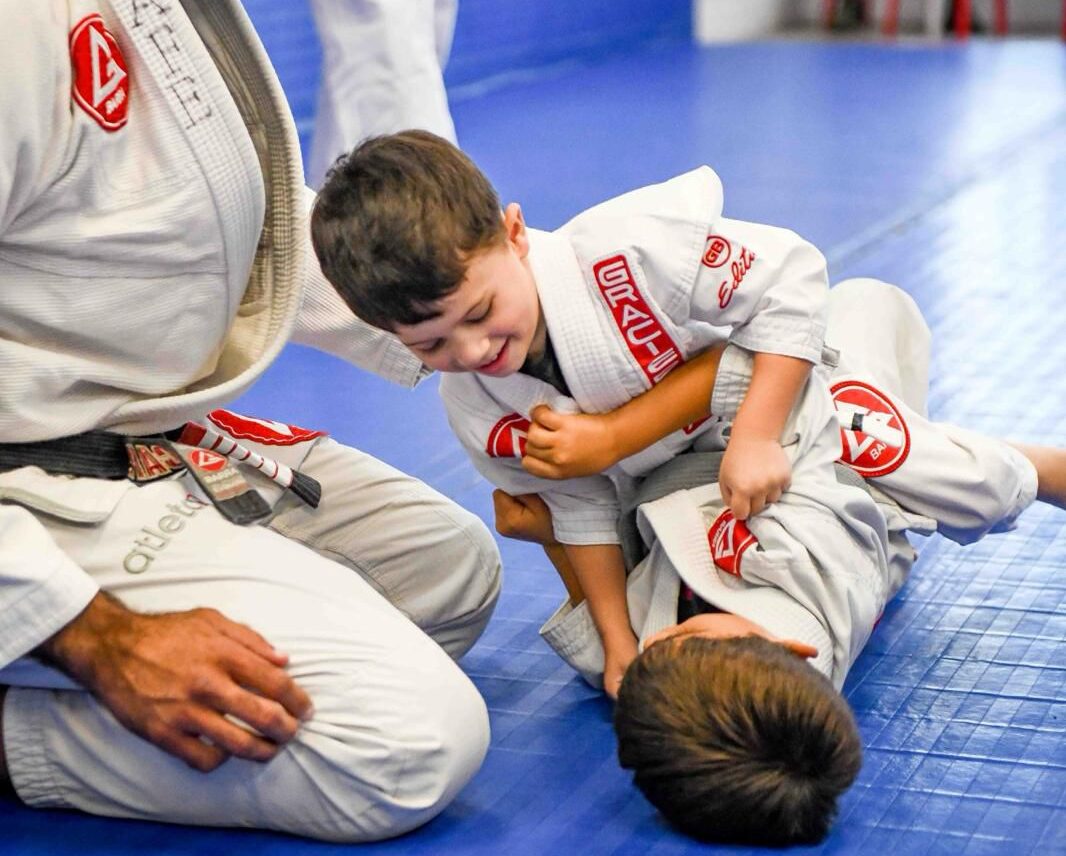Understanding the Brazilian Jiu-Jitsu Belt System for Children
Brazilian Jiu-Jitsu (BJJ) instills discipline, confidence, and respect in young practitioners through its structured belt system. This system helps children track progress and set achievable goals. Here’s what each belt represents and what to expect as children advance.

White Belt
The journey begins with the white belt. Children learn the basics and the fundamental principles of BJJ. They focus on simple techniques, safety, and dojo etiquette. This stage is all about exploration and initial growth.
Grey Belt
After mastering the basics, children earn the grey belt. This belt has three stages: grey, grey-and-white, and grey-and-black. Children start practicing more complex techniques and light sparring, applying skills in controlled settings.
Yellow Belt
The yellow belt builds on the grey belt foundations. It includes yellow, yellow-and-white, and yellow-and-black stages. Here, children refine techniques and improve strategic thinking on the mats. They focus on leverage, positioning, and transitions.
Orange Belt
At the orange belt level, advanced techniques emerge. This belt also has three stages: orange, orange-and-white, and orange-and-black. It challenges children to deepen their BJJ understanding and develop their unique fighting styles. Competitions become a testing ground for their skills.
Green Belt
The green belt is the pinnacle for children under 16. It includes green, green-and-white, and green-and-black stages. Achieving this belt signifies mastery of advanced techniques and embodying BJJ values and discipline.
The Role of Stripes
Stripes signify progress between belt promotions. They are awards for skill improvement, competition performance, and tenure at each level. Stripes motivate children by recognizing their incremental achievements and encouraging continuous improvement.

Conclusion
The BJJ belt system for children is a structured approach to fostering growth, discipline, and accomplishment. It encourages young practitioners to persevere, set goals, and achieve them, reflecting life’s challenges. As children progress through the belts, they not only improve as martial artists but also learn valuable life lessons.


